15 years ago, a small independent production company created an educational television special called “Our Nation’s Health… Healthy Aging.” CWI Productions’ piece on living well as an older adult addressed a gap in educational programming in America.
In America, a nation where it seems as though every other health and beauty magazine at the supermarket checkout touts the secrets of living well and staying young, we don’t like to talk about getting older.
Despite the fact that some of the most recognizable names in America—Dame Judi Dench, Michael Caine, Betty White, Clint Eastwood, and so many other big names in Hollywood—are over 70 and living more than well, age is still an uncomfortable topic for most mainstream media outlets.
We don’t even like to think about it, which is ironic considering we’re one of the fastest graying societies.
Fast Facts about Aging and the American Populations
According to the Census Bureau and the Administration on Aging (AoA), older adults (which the AoA defines as any American 65 years of age or older) make up a significant percentage of the American population:
- With older Americans representing over 13% of the U.S. population, about one in every eight Americans is an older adult.
- More than 41 million Americans are older adults.
- The years between 2000 and 2011 saw the start of a dramatic increase in the older adult population (rising by 6.3 million) while the percentage of Americans under the age of 17 once again began to decline after a brief post-Boomer rise in the early 90s.
And these numbers are only expected to grow as more and more Boomers cross the threshold of 65. If our population trends stay on track, there are a few numbers we can expect to see:
- The growth of the under-17 population in America will continue to dwindle while the majority of the population steadily joins the ranks of over-65s.
- By 2030, the census data projects that the older adult population will swell from just under 13% to over 20% of the population by 2030—an increase of 7% over about 20 years
- By 2030, the AoA estimates that there will be about 72.1 million older Americans living in the United States—more than double the population of 2000.
With these kinds of numbers, it’s no wonder that a single television special was so popular that an entire movement (with its own national health observance) was born after a single airing.
Healthy Aging in America
The thing is, most seniors in the United States are living well—or at least better than they did a few decades ago.
- 1990-2007 saw reduced death rates for the population aged 65-84; especially for men who saw 41.6% more men in the 65-74 age group and 29.5% in the 75-84 block.
- In the decades between 1900 and 1960, the life expectancy of older adults increased by only 2.5 years; the increase in the latter half of the twentieth century, however, risen by more than 4 years.
These days, while older Americans do account for the greatest number of hospitalizations in the US, seniors haven’t had too much trouble getting the healthcare they need and have some of the healthiest habits of any subset of the American population.
- In a 2012 survey, almost 96% of older persons reported that they did have a usual place to go for medical care.
- Only 2.4% said that they failed to obtain needed medical care during the previous 12 months due to financial barriers.
- Almost 45% of persons aged 65-74, 29% of Americans over 75, reported that they engaged in some form of regular exercise, even if they don’t work out at the gym.
- Only 9% of older adults reported that they still smoke, 10% less than the American average.
- 6% were heavy drinkers, as opposed to the 12% of Americans averaging more than 8 drinks a week.
- Only 2% reported that they had experienced psychological distress during the past month.
If you want to know how you can keep living well as you get older, check out some of our other blogs on healthcare or senior fitness, and stay tuned as we chart the path of healthy aging throughout September.











